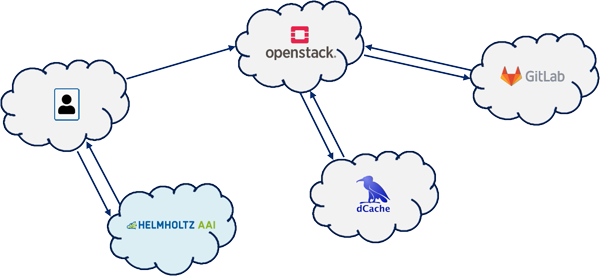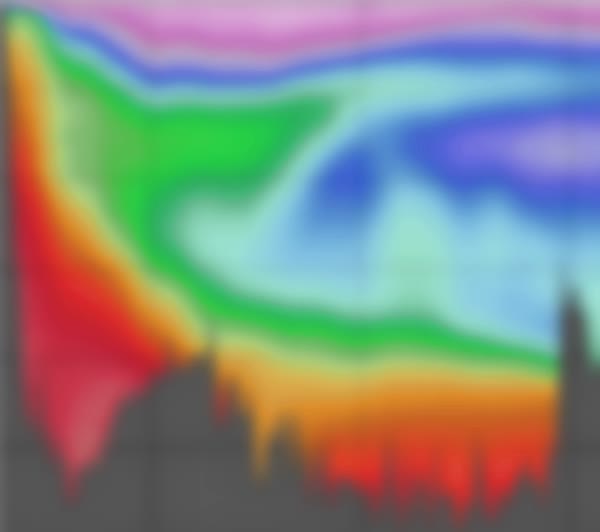
In light of the uncertainty surrounding the sustainability of key databases in the Earth and Environment domain, UFZ created a local backup using Helmholtz Cloud services.

Looking for ideas for your school intern students? Here is what a 15-year-old school intern could do in three weeks using HIFIS Jupyter Service.

The open source NEST desktop from E-BRAINS can now run on Helmholtz Cloud infrastrusture, eliminating the need for programming skills and complex installations, and providing a user-friendly experience through a GUI accessible in a web browser.

HIFIS is supporting the newly created pan-European VISA collaboration for the further uptake of a Photon and Neutron-wide data analysis platform.

Interconnecting cloud services — sometimes dubbed Service Orchestration — allows to automate complex workflows, a precondition to ultimately set up reliable, scalable, reproducible and adaptable data processing pipelines for science. A typical example is to automatically and continuously fetch, move, process, publish and store scientific data, possibly in multiple iterations and for different audiences. We demonstrate our first pilot orchestration of an imaging use case in collaboration with Helmholtz Imaging.

Within the DataHub of the Research Field Earth & Environment, an Earth Data Portal is being developed. This portal will serve as a central access point for searching and exploring data and thematic ressources from the research field. Missing features and functionalities were identified during a requirement analysis, for which the developers made use of the HIFIS Codebase. This proved to be an efficient workflow that will be further developed and used in similar projects.

The goal of DAPHNE4NFDI is to create a comprehensive infrastructure to process research data from large scale photon and neutron infrastructures. A project of this scale needs a reliable infrastructure to ensure communication, data exchange and publishing of the results. Therefore, DAPHNE4NFDI became the second major HIFIS user among the NFDI consortia.

webODV — Online extraction, analysis and visualization of environmental data. We already introduced the software amongst the “Helmholtz Software Spotlights” series. Now, we are planning to provide private webODV instances as Helmholtz Cloud service, which can be easily accessed online: Users can login via the Helmholtz AAI and will have a workspace to upload private data.

The use of pseudonymized and anonymized patient data in a secure, federated way to better understand, diagnose and treat cancer is the big next step in enhancing the quality of decision making in clinics beyond what current guidelines can offer.

The HIFIS service infrastructure is essential to the CASUS strategy towards data-centric research of complex systems across scientific communities and research fields.

The DESY dCache InfiniteSpace service provides seismologists with a repository to share data on earthquakes via SeisBench, a toolbox for machine learning in seismology.

In August 2021, HIFIS started to support PUNCH4NFDI by adapting the Helmholtz AAI to their requirements. Since then, the HIFIS-support for PUNCH4NFDI has been growing into providing an initial set of collaborative tools which can be accessed through the AAI.

The HIFIS Transfer Service (HTS) has been implemented and is in use. Colleagues from HZDR and DESY were among the first to use HTS for the transfer and sharing of Datasets in the context of HelmholtzAI.

The Earth and Environment DataHub was one of the first project groups to use nubes as a sync+share service of the Helmholtz Cloud. Since then, the number of user groups has been growing steadily.

The German Center for Infection Research (DZIF) builds a platform collecting methodologies and results of coronavirus antibody studies. In cooperation with HIFIS and led by scientists at the Helmholtz Centre for Infection Research (HZI), the project “LEOSS.sero-survey” is being implemented.
Comments or Suggestions?
Feel free to contact us.


